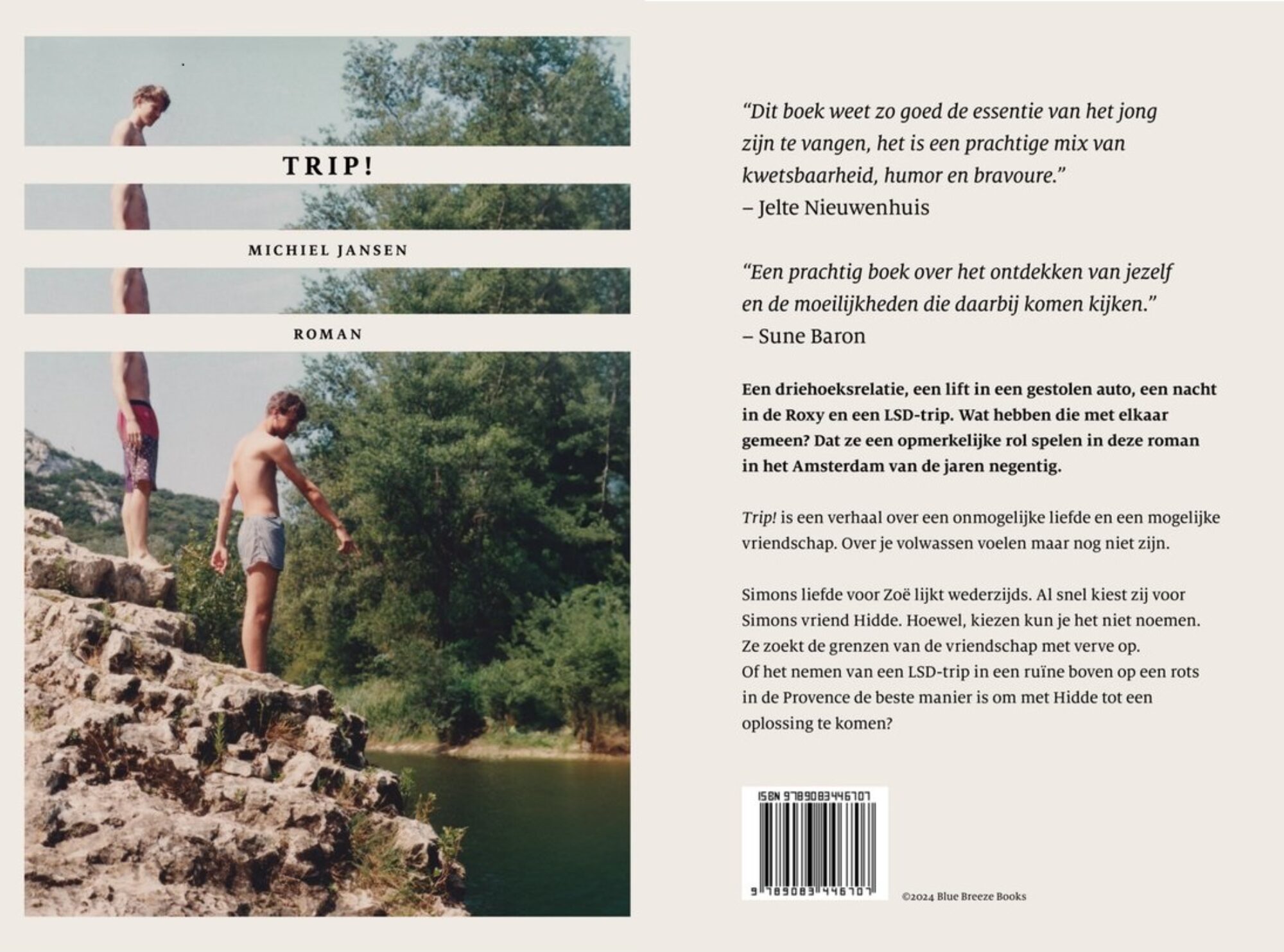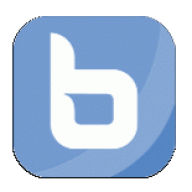Most website visitors are no 2nd chance givers. Get them in five seconds or lose them. Why would they scroll down your page if what you saw before you scrolled isn’t appealing or clear? AKA The Five-Second test. Does your Site pass the Five-second test, how to find out, and how to fix it if it doesn’t?
Click Maps/Scroll Maps and the ‘Blue Zone of Death’
Click Maps
Click Maps show you color patterns where people click on the website. And more importantly: where they don’t click. Fixing that usually is where ‘the money’ is.
For example, on the click map, we see that the 4th item on the menu (besides Home) is clicked by 0.51% of visitors. For the main menu that is low. If the behavior is similar on your other webpages it can mean only one thing: You should rethink your main menu!
Scroll maps
Scroll maps show you which part of the page your visitors reach. Most devices won’t show a whole webpage in a single view.
Red = hot: a large percentage of your visitors see this part of the page.
Blue = cold: only a small percentage of visitors see this part.
Doesn’t need to be a problem if the hierarchy on the page is right. But if you find your most important Call to action in the ‘Blue Zone of Death’ you know you are in trouble. You need to radically rethink your page.
Hotjar or another tool?
No, I do not have an agreement with Hotjar. I use the tool, I like the tool. It is great for making Heatmaps, scroll maps, and doing popup surveys*. An affordable and versatile tool like that should definitely be in every Website Optimizer’s toolbox. But there are good alternatives. Just google it, read the reviews and try them if you don’t want to use Hotjar.com
The 3 most common reasons why people don’t click where you want them to:
Ok, so your Heatmap or Scrollmaps shows you have a problem. Now you need to fix it. Read on to find out what are the most common problems and …..how do you fix it.
TOP 3 WEBSITE PROBLEMS
1. Overkill. Too many choices.
2. The most important conversion is below the fold.
3. Not having enough knowledge of what is keeping visitors from converting
1. Overkill. Too many choices.
Except for a broken form or checkout 😉 there is no bigger conversion killer then, wait for it ……. too many choices. Repeat it, remember it, and practice it!
The problem
Many marketers are so enthusiastic about what their product or service can do that they try to explain it all ……. On page one! And then they give you all these great options to choose from. The visitor is at a loss. They really need YOU to do the hard work and make the choice FOR THEM.
The Solution
Decide what is the main goal and what is the secondary goal of that page. If you are not sure: ask your visitors in a survey? They will tell you! Present those two goals next to each other. High on the page; above the fold supported by a clear design to show these are the most important options to choose from.
Two choices is great. Like if you want kids to eat vegetables. If you ask them “Do you want to eat vegetables?”, or worse tell them “You must eat vegetables!” they will usually revolt, say no! What could happen if you give them a choice? And ask “Would you rather have spinach or carrots ?” They might feel they have a choice and are in control of the situation. This method usually equals success. Kids have the feeling they have made a choice and forget that you are happy with whatever the ‘choice’. This is called “choice paradox”. Go beyond 2 choices and people get lost and postpone their decision (=conversion to later). Yes, I am
2. Most important conversion is below the fold.
Another thing to repeat remember and practise: the fold is sooner than you think’. Putting something important below the lower ‘fold’ of the screen will reduce conversion in no small manner.
The problem
Designing websites on a 27 inch Mac studio display thinking everyone will see it like you?
The Solution
Check on ‘other devices’. Check out the Chrome plug in “Responsive viewer” or “Mobile Browser Emulator To do so check you sites on the Mobile Browser Emulator.
3. Not having enough knowledge of what is keeping visitors from converting
The problem
If you know what your visitors want you can make them want it more. If you know what is holding them back, you can fix it. When you know their ‘wants’ and ‘fears’ you can come up with an antidote. For example: what would your biggest fear be if you shop for clothes online. That they don’t fit. Or that the color doesn’t suit you. Hence the antidote: free returns. Having 14 days of free returns solved a lot of stress and agony. It did create a new one though: stress to make the 14-day deadline: Hence now 100 days Free returns at Zalando. And these days clothes company even understands that millennials don’t own printers. Hence: they pack a printed return sticker in your package. So by understanding their customers they fix some of the problems and barriers to shopping. This is what you should do to.
The Solution
Check on ‘other devices’. Check out the Chrome plugin “Responsive viewer” or “Mobile Browser Emulator To do so check your sites on the Mobile Browser Emulator.
- *I will write a different blog on Web surveys and Gerry McGoverns Great Toptask research.
- ** TNX for Americans Overseas. “We help Americans abroad to become US tax compliant in an organized way and avoid unnecessary double taxation.” Find them at https://americansoverseas.org/en/ and David Bronkhorst to introduce me https://www.linkedin.com/in/davidbronkhorst
WRITTEN BYMichiel Jansen
ecommerce & digital specialist
1
1
More from Michiel Jansen
ecommerce & digital specialist
A simple way to place yourselves in the situation of a customer: and sell more.
The N.E.X.T. Model
Optimising websites is done right only if you think from the customer perspective and learn about Persuasion. The hard part, in my opinion, is getting the company to see things from a relentless customer focus perspective and take the risk to make the offer stand out. Remember ….behind every offer like ‘Pay later’, Free cancellation’ is a huge risk model, spreadsheets, and … a gutsy business decision!
The questions in the NEXT model are sure to get you into the head of the customer. …


